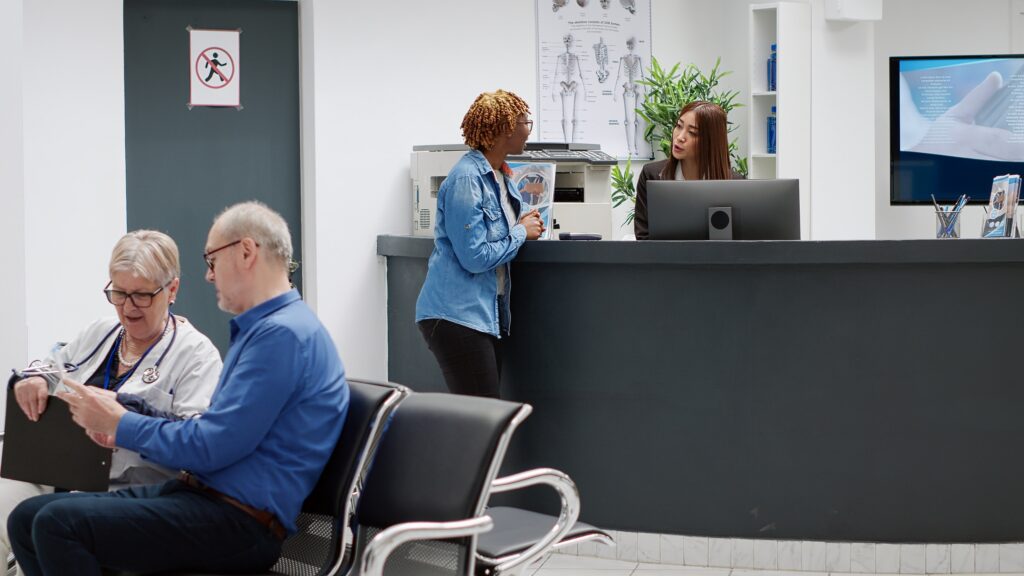Reverse mortgages are one way for homeowners to access their home equity. This can be beneficial for those who are nearing retirement or who are in need of short-term health care. There are also some drawbacks. For instance, a reverse mortgage does not affect Medicare or Social Security, but it may affect your Medicaid eligibility.
Reverse mortgages enable borrowers to access home equity with San Diego Reverse Mortgage Direct
Reverse mortgages can be a great way to supplement retirement income by tapping into your home’s equity. But they can be risky. Before you sign on the dotted lines, it is important to understand the risks. Although the FHA-insured Home Equity Conversion Loan is the most common reverse mortgage type, it’s important to be aware of reverse loan scams.
A reverse mortgage can help you protect your retirement assets, pay large medical bills, delay Social Security benefits claims, and pay for home repairs. Before signing the dotted-line, however, you should talk to a trusted advisor or financial advisor about this option.
The process of getting reverse mortgages varies from one lender to the next. However, it typically takes 60 to 90 days to process the loan. Once approved, the loan proceeds can be received in the form of a lump amount, line of credit or fixed monthly payments. It’s a smart move to shop around for the best deal if you don’t intend on using the money for long term care.
Reverse mortgages don’t require you to change your residence. Reverse mortgages are a great option for seniors who wish to remain in their home. Also reverse mortgages provide retirement income by eliminating monthly repayments and do not require a change in residence.
Reverse mortgages carry significant financial risk. Before getting a reverse loan, borrowers should discuss their options and talk with their family. A family member should accompany them to the interview. It’s also important to notify advisors about your home’s ownership. This will help them prepare for any future care needs.
Reverse mortgages can also impact Medicaid eligibility. If you’re a home owner, it can be harder to qualify for Medicaid because reverse mortgages are structured in a way that means that the lender will eventually take your home if you die. In addition, reverse mortgages can affect your eligibility for financial aid.
San Diego Reverse Mortgage Direct can provide financial benefits and help you age in-place. Reverse mortgages can be used to pay for in-home healthcare, for example. This helps you stay in your home while still retaining some of your income. You can also supplement Social Security benefits by using reverse mortgage funds.
They do not affect Medicare or Social Security
Reverse mortgage proceeds can be a great way for you to pay for long-term healthcare. This type of loan will not affect your eligibility for Medicare or Social Security. However, it will affect your eligibility for Medicaid or other need-based programs.
While you won’t have to repay the loan until you’re no longer living in the home, reverse mortgages do have some disadvantages. You may have to pay higher fees. For example, banks can charge as much as 5% of your home’s value for their service. The fee will be deducted from the proceeds of your loan by the lender. You might also spend the large lump sum of money too quickly. You can avoid this by setting up monthly payments.

A reverse mortgage can help seniors who don’t plan to move but are still capable of paying property taxes and insurance. It can also provide an additional source of income for retirement. It is also useful for married couples who need long-term care. And married seniors in fair health who want to stay in their home can use it as well.
Reverse mortgages are not considered income. This is an important consideration if you plan to get long-term care benefits. Consult an elder law attorney if you have concerns about this before you make any decisions about a reverse mortgage.
Reverse mortgages don’t affect your eligibility for Medicaid. Medicaid is a government program that provides health insurance for low-income families. It is administered both by states and federally. It provides healthcare coverage for millions of Americans. Medicaid is designed to cover low-income adults, children and people with disabilities.
They may affect Medicaid eligibility
Reverse mortgages can be loans that an elderly homeowner takes out to buy their home. This money can be used to pay for care. However, when it is time to move to a nursing home that is funded by Medicaid, the elderly homeowner must sell the home. The money paid to the family caregiver can be used to pay for the cost of the stay at the nursing home. After the sale, the elderly homeowner becomes eligible for Medicaid and can use the money to pay for his or her care.
Reverse mortgages don’t affect Social Security or Medicare benefits. However, they can affect Medicaid eligibility if the recipient uses it for long-term care and assisted living. Medicaid eligibility rules are based on federal guidelines for need-based programs. Reverse mortgage proceeds are not considered income because they are an equity loan. However, if the reverse mortgage proceeds are left over every month, the money can be considered an asset and may impact Medicaid eligibility.
If you’re worried about how reverse mortgage payments may affect your Medicaid eligibility, it’s important to understand the rules. While reverse mortgage payments are not considered income by most states, they can be counted as assets in the month that they are received. That’s why you should only use the funds that you need and keep the leftovers in your reverse equity line instead.
Before making any decisions if your spouse is a Medicaid beneficiary, it’s a good idea for you to consult with a certified counselor in reverse mortgage. Medicaid considers the assets of a recipient, including their home. Reverse mortgage loan advances in a bank account may be counted as assets, which may disrupt your eligibility for Medicaid or SSI.
Reverse mortgages can also be refinanced. This means you can use your money to pay for assisted living or nursing home costs. You can even use the money to retrofit your home for handicap accessibility. However, you should be aware that if you are using the money to fund long-term care, Medicaid eligibility will be affected negatively.
Reverse mortgages can also affect eligibility for Medicaid for seniors. These programs have asset limits, and a reverse mortgage may make it impossible for the recipient to access the money he or she needs. Depending on your state’s laws and your circumstances, a reverse mortgage may jeopardize your eligibility for these benefits.
Medicaid eligibility depends on many factors. You must also meet certain income or asset limits. If you are single, and have no family support or income, your assets and income must be below certain levels.




